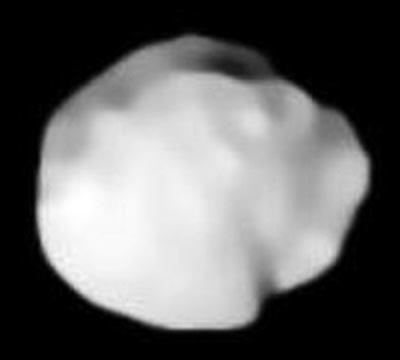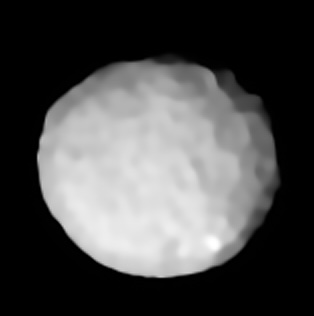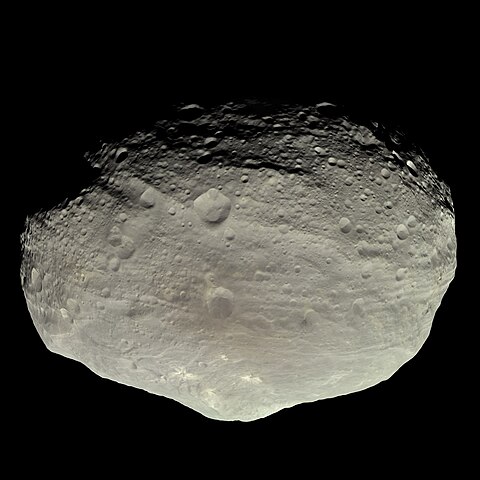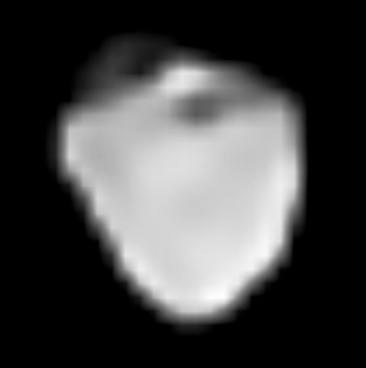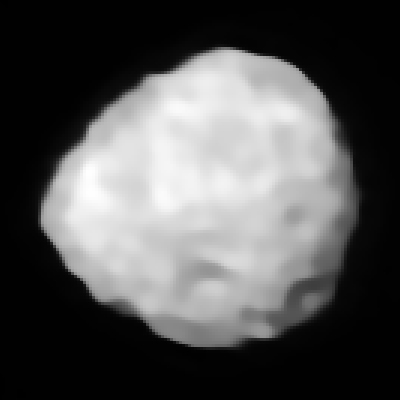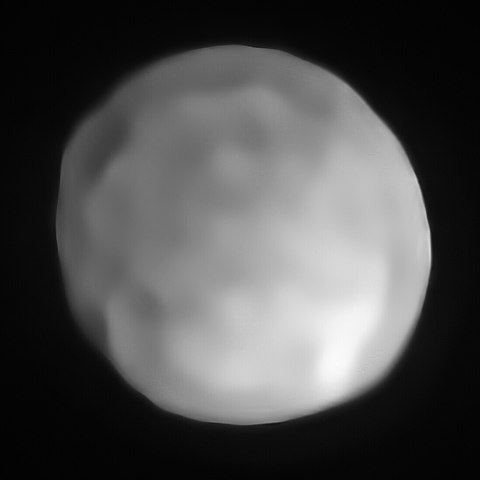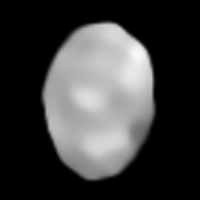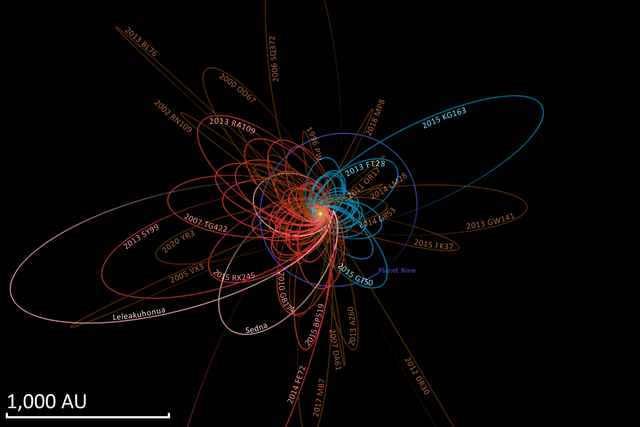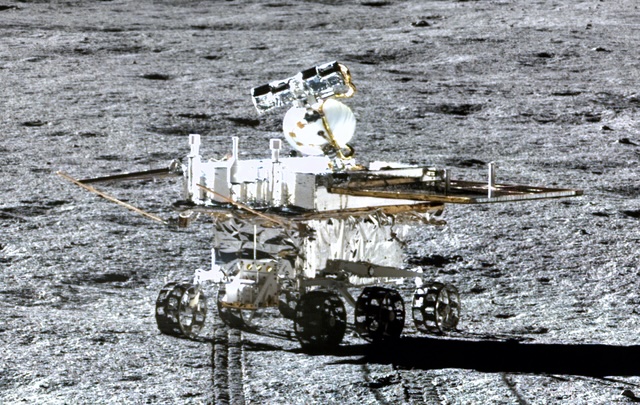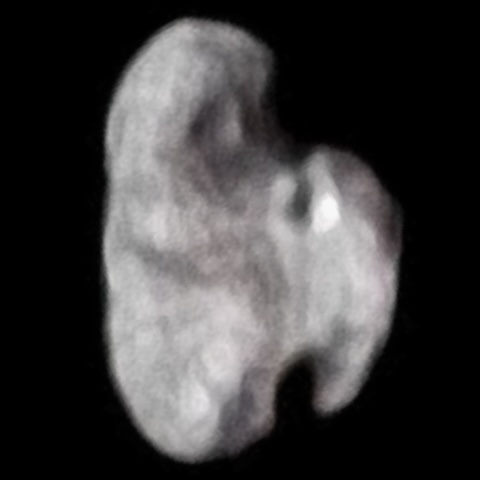1 day / second
0.5 AU
3 Juno
Asteroid
A large main-belt asteroid discovered in 1804, measuring 234 kilometers across and distinguished by its unusually reflective surface that makes it one of the brightest objects in the asteroid belt.
Key Facts
orbital regime | Asteroid Belt |
learn more | Wikipedia |
mass | 2.6700e+19 kg |
radius | 127 km |
hill radius | 61,430 km |
semi-major axis | 3.35 AU |
eccentricity | 0.256 |
inclination | 12.991º |
longitude of the ascending node | 169.84º |
argument of periapsis | 247.74º |
orbital period | 6.131 years |
surface gravity | 0.011 g |
discovery date | September 1, 1804 |
discovered by | Karl Ludwig Harding at Lilienthal Observatory |
name origins | Named after Juno, the Roman goddess |
dimensions | 233.92 × 246.596 kilometers |
albedo | 0.238 |
material composition | S-type asteroid |
density | 2.98 g/cm³ |
